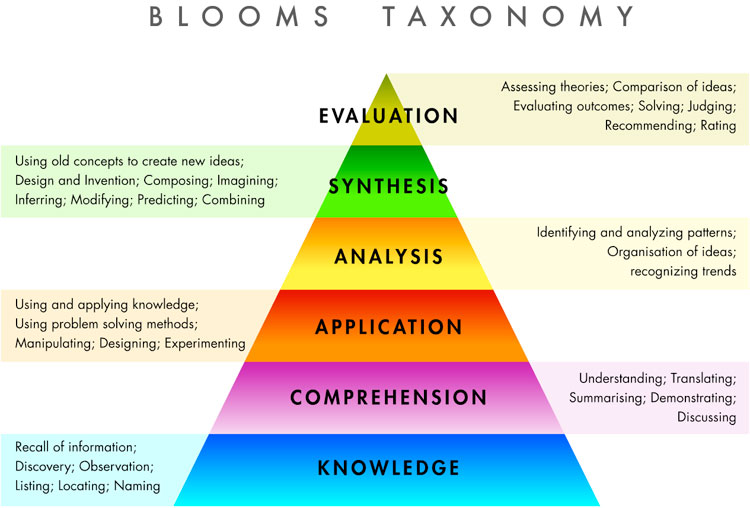
To me Layered Curriculum is a means to increasing the independent learning that students take part in as well as to allow for students to self-differentiate their own instruction. Whatever grade a student wants, they will achieve based on how hard students work to achieve that goal. Students always know what grade they have so there is never a question in that regard. I teach my Regents Physics course using Layered Curriculum so I use it as a means of better preparing students for the variety of instruction they may see through college as well as to ensure that my high expectations for student success are able to be reached through opportunities for critical thinking.
In this lesson we'll begin to take a look at what Layered Curriculum is with a detailed look at the benefits of incorporating this teaching technique developed by Dr. Kathie Nunley into instruction.
Either watch this YouTube video OR read this article on the advantages of Layered Curriculum.
Teachers in today's classrooms are being stretched beyond their limits in terms of not only what material they are expected to teach, but also the incredibly valuable life skills that they are supposed to provide students. Fortunately, there has been a surge in research on teaching methodologies that can be used to enhance the learning process while also providing support for these valuable life skills. Layered Curriculum developed by Kathie Nunley is one such teaching methodology that is highly customizable and functions off of three primary components: choice, accountability, and higher and more complex thinking.
Differentiation and Choice


source:
The ability for students to choose which assignments they will focus their efforts on allows them to self-differentiate their own instruction by playing off of their learning strengths. This makes Layered Curriculum an excellent option to consider in an inclusive setting. Even if there aren't students with special needs, all students still benefit from the ability to differentiate their own instruction. Aside from this, students very rarely complain about completing a specific assignment because they were the ones to choose that assignment to work on in the first place.
Accountability and Feedback
Either watch this video by Kathie Nunley OR read this article on the issues with many grading practices.
In every class there is almost guaranteed to be a student that wants to take the easiest route through the year. By including an oral defense component to a student's grade, all students know that the intent of completing assignments is not simply to get a grade and then move on, but rather to gain a deeper level of understanding of the concepts contained within the assignment. Along with the accountability piece to increase students ownership of their learning, there is a feedback mechanism built in to this teaching methodology. As the teacher walks around the room, they will interact with every single student, every single day. This opportunity for immediate feedback is rarely afforded in a traditional teacher-centered environment but is being shown to be increasingly crucial to the success of students.
In terms of the grading scale used, there is absolutely no question regarding the validity or reliability of the grades being assigned to students and how these grades reflect their learning. Because all assignments are weighted based on complexity, the higher a student's score is, the higher the level of understanding that the student has on the subject matter.
Higher Level Thinking
One of the more distinct benefits to Layered Curriculum is to ensure that all students begin to develop and demonstrate higher order thinking skills that require base-line skills in order to create something meaningful. All students are required to attempt the assessments found in each of the layers, so all students have some chance to encounter this in one form or another. The skills found in the base C Layer are aimed at demonstrating a firm grasp on the basic concepts outlined in a curriculum. Consequently, assessments found in the C Layer are associated with the lower tiers of Bloom's Taxonomy including knowledge and comprehension type questions. The B Layer assignments are aimed at getting students to apply or analyze this new information to real-world scenarios. Finally, the A Layer asks students to synthesize or evaluate a body of work that is connected to the topics explored in the earlier layers.


source:
Choose one of the following assignments to demonstrate your understanding of Layered Curriculum.